Disclosure: This article contains affiliate links. We may earn a commission from purchases at no extra cost to you, which helps our travel content.
The metro station walls gleamed with polished marble as our train pulled into Puhŭng Station, adorned with chandeliers that would look at home in a European palace. This wasn't Paris or Moscow, but Pyongyang—North Korea's showcase capital and perhaps the world's most tightly controlled urban space. As someone who has explored over 40 countries across five continents, I can confidently say that nothing quite prepares you for the surreal experience of navigating this meticulously curated city, where history, politics, and daily life intertwine in ways unlike anywhere else on earth.
Preparing for the Improbable Journey
Visiting North Korea isn't like planning a trip to Paris or Tokyo—it requires months of preparation, paperwork, and mental readiness for an experience that will challenge everything you think you know about travel. My journey began with selecting a reputable tour operator, as independent travel remains impossible. I ultimately chose Koryo Tours after extensive research—they've been facilitating visits since 1993 and maintain the necessary relationships with North Korean authorities while emphasizing responsible tourism.
Before departure, I immersed myself in literature about the country. Beyond standard guidebooks, I found Barbara Demick's Nothing to Envy provided invaluable context about ordinary North Korean lives. For real-time language assistance, I relied on my pocket translator, which proved useful despite the constant presence of government guides. While photography restrictions are notorious, I was permitted my DSLR (though no telephoto lenses) and found my portable photo printer created unexpected moments of connection when I could instantly share printed photos with approved local contacts.
Perhaps most importantly, I approached this journey with a scientist's objectivity and a traveler's open heart—ready to observe without judgment while remaining acutely aware of the complex realities behind the carefully orchestrated scenes I would be shown.
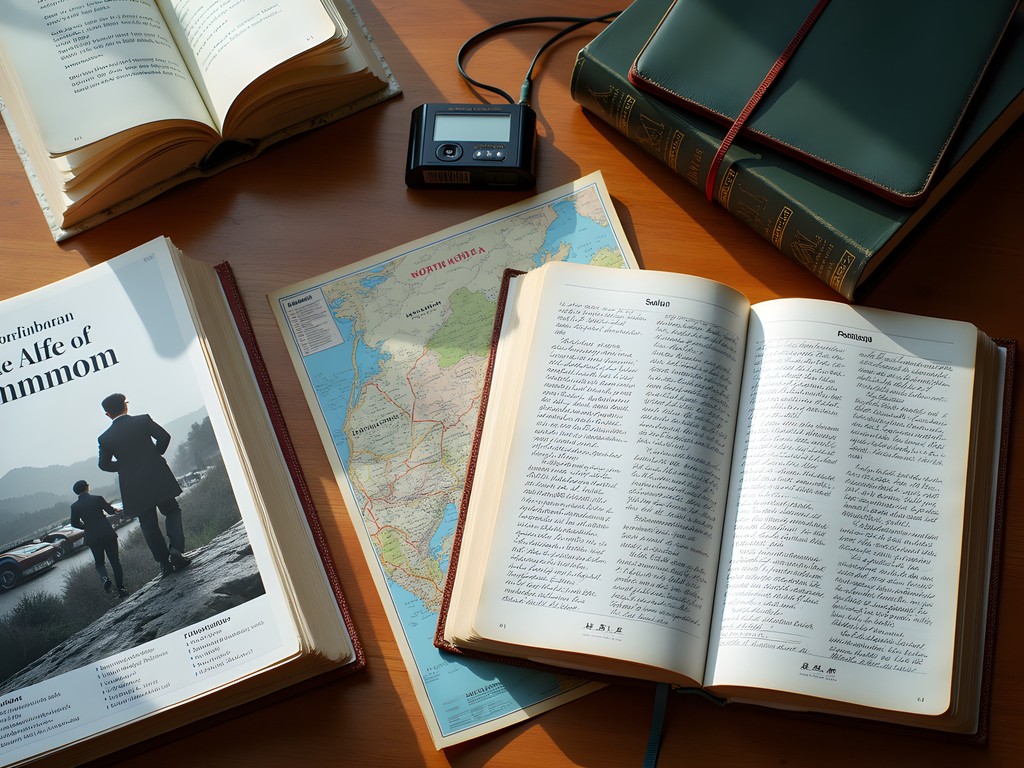
💡 Pro Tips
- Book with established tour operators with at least 10+ years of experience in North Korea
- Read multiple perspectives on North Korean society before visiting to gain context
- Bring small, thoughtful gifts for guides (quality pens, chocolates, etc.) but never political or religious materials
The Monumental City: Pyongyang's Architectural Grandeur
Pyongyang reveals itself as a masterclass in monumental architecture and urban planning—a city rebuilt after the Korean War with ideological purpose infused into every structure. The sheer scale is immediately striking. The 105-story Ryugyong Hotel (unfinished since 1992) dominates the skyline like a concrete pyramid, while the 170-meter Juche Tower offers panoramic views that our guides were surprisingly willing to let us enjoy.
What fascinated me most as someone with dual cultural heritage was recognizing the Soviet influences blended with distinctly Korean elements. The metro system—allegedly the world's deepest—features stations that function as underground palaces, adorned with socialist realist mosaics depicting idealized scenes of Korean life and revolution. Each station tells a specific propaganda narrative through art, and I found myself analyzing these visual stories with the same attention to detail I once applied to pharmaceutical compounds.
The Grand People's Study House, a massive library and educational center built in traditional Korean style, houses over 30 million books—though access to many sections remained restricted. Inside, I observed university students diligently studying, some using the noise-canceling headphones I had brought as gifts for our guides. These modern accessories looked strangely incongruous against the traditional setting but spoke to the complex reality of a country simultaneously frozen in time yet seeking technological advancement.

💡 Pro Tips
- Bring a wide-angle lens for photographing Pyongyang's massive monuments and squares
- Always ask guides before taking photos, especially of people or military-related subjects
- Visit Mansudae Grand Monument early morning for the best lighting and fewer crowds
Daily Rhythms: Glimpsing Ordinary Life in an Extraordinary System
While most North Korea coverage focuses on politics and monuments, what captivated me was catching fleeting glimpses of everyday life within this hermetically sealed society. Our movements were tightly choreographed, yet persistent observation revealed the human patterns beneath the performative aspects of our tour.
Mornings in Pyongyang begin with citywide wake-up music at 6 AM—melodic propaganda that echoes through apartment blocks. From my hotel window, I observed residents performing synchronized exercises in courtyards, a daily ritual that blends physical fitness with collective identity. The compact spotting scope I discreetly packed proved invaluable for observing distant city life from approved observation points.
Food provides another window into authentic culture. While tourists eat separate meals, our guide Pak eventually arranged a special visit to a local restaurant serving genuine Pyongyang naengmyeon (cold buckwheat noodles). The restaurant used traditional stone grinding methods for the buckwheat, and the resulting dish—served with Korean pear, cucumber, and chili—was revelatory. The digital food scale I brought (ostensibly for measuring medication as a pharmacist) fascinated our hosts when I asked to weigh traditional ingredients, creating an unexpected cultural exchange around culinary precision.
Transportation offers further insights. While tourists travel in dedicated buses, I observed locals navigating the city via trolleybuses, bicycles, and on foot. The metro, when we were permitted to ride it, operated with remarkable efficiency despite aging Soviet-era technology. Most striking was the absence of commercial advertising—instead, propaganda posters and portraits of leaders Kim Il-sung and Kim Jong-il adorned public spaces, creating a visual landscape utterly distinct from capitalist cities.
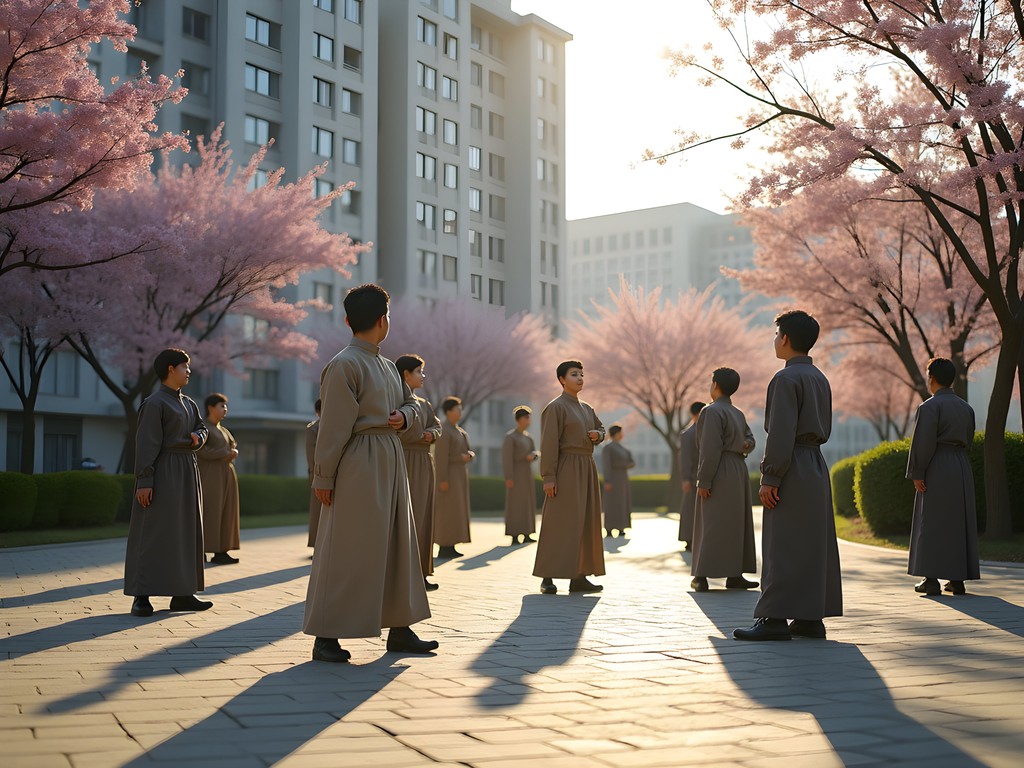
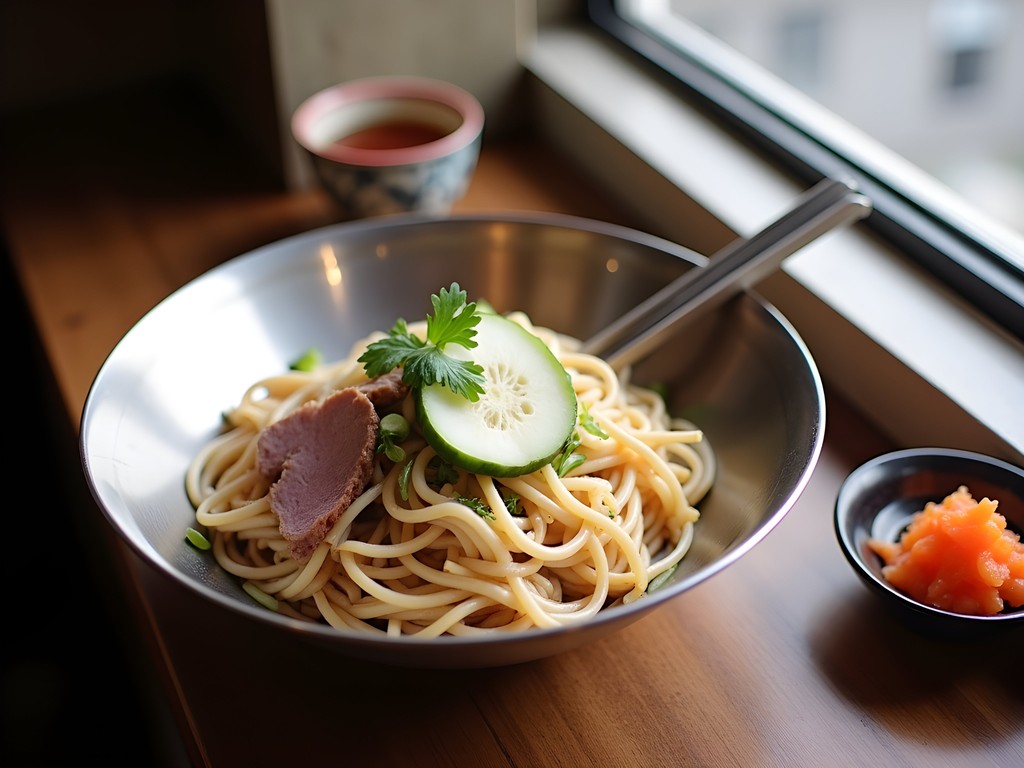
💡 Pro Tips
- Learn basic Korean phrases—locals genuinely appreciate the effort even if communication remains limited
- Bring a small notebook rather than using your phone for notes, as it appears less intrusive
- Request visits to public parks early in your itinerary—they offer the most authentic glimpses of daily life
Between the Lines: Scientific Observations in a Controlled Environment
My background in pharmacy has trained me to observe patterns, analyze data, and look beyond surface presentations—skills that proved unexpectedly valuable in North Korea. While political analysis dominates most discourse about the country, I found myself drawn to scientific and environmental observations that revealed different truths about Pyongyang.
Air quality measurements were particularly telling. Using my portable air quality monitor (approved as a 'health device' for my asthma), I discreetly recorded readings throughout our stay. Unlike neighboring Chinese cities, Pyongyang showed surprisingly low particulate matter levels—likely due to limited industrial activity and vehicle traffic rather than environmental policy. However, indoor readings in public buildings revealed poor ventilation and high CO2 levels, reflecting energy conservation measures in a resource-constrained economy.
The night sky told another story. During a rare power outage in our hotel, I witnessed something increasingly uncommon in our modern world—a truly dark sky. Using my night sky identification app (in airplane mode to comply with connectivity restrictions), I identified constellations with remarkable clarity. Pyongyang's limited light pollution—a consequence of electricity rationing rather than dark sky preservation—has inadvertently created exceptional stargazing conditions, though few citizens have the luxury of astronomical appreciation.
Plant life throughout the city revealed adaptation strategies. Urban agriculture appeared in unexpected places—small vegetable plots tucked between monuments, rooftop gardens on apartment buildings. My trained eye noticed medicinal plants like Artemisia annua (sweet wormwood) growing in several public parks, suggesting traditional Korean medicine practices continue despite pharmaceutical limitations. When I inquired about these plants, our guide Pak revealed his grandmother had been a traditional herbalist, leading to a rare unscripted conversation about intergenerational knowledge transfer in Korean culture.
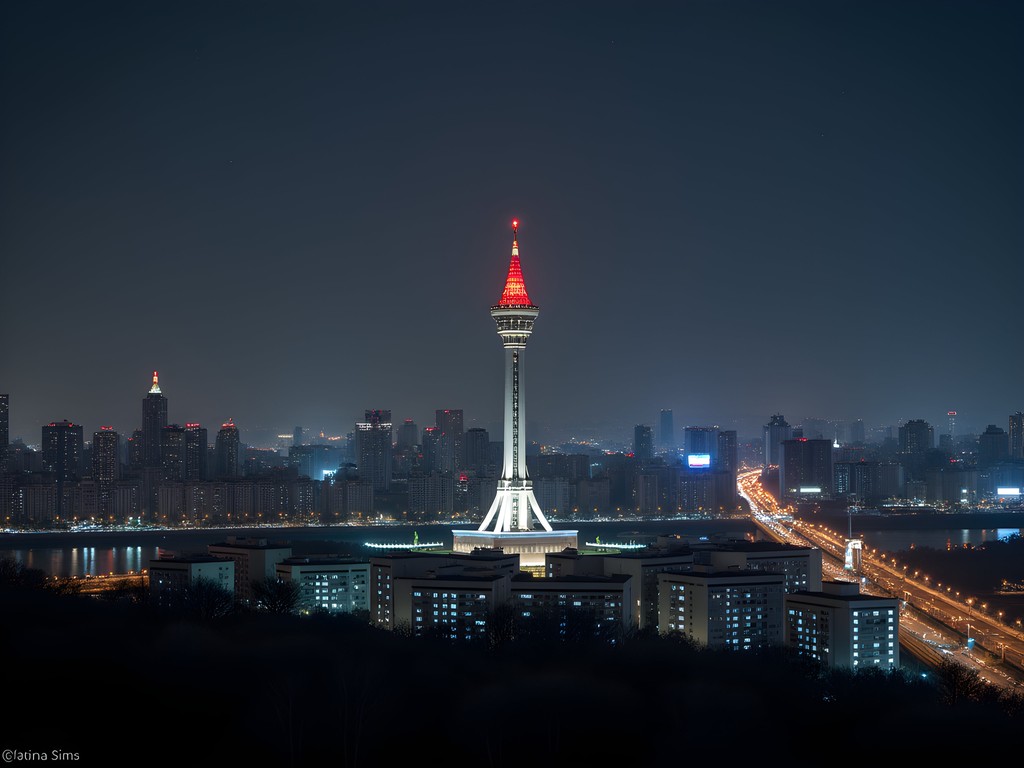
💡 Pro Tips
- Bring dual-purpose scientific tools that serve personal health needs while enabling broader observations
- Note building temperatures and dress accordingly—energy conservation means many public buildings are kept cool even in spring
- Request visits to Pyongyang's botanical gardens—they're less politically sensitive and reveal much about scientific priorities
The Human Element: Connections Despite Barriers
The most profound aspect of visiting Pyongyang wasn't the monuments or political system, but the human connections formed despite formidable barriers. While meaningful interactions with ordinary citizens remained limited by design, the week-long relationship with our guides—Mr. Kim and Ms. Pak—evolved in unexpected ways that revealed our shared humanity.
Initially formal and scripted, our guides gradually revealed personal dimensions as trust developed. Ms. Pak's face lit up when discussing her young daughter's piano lessons, while Mr. Kim shared his passion for traditional Korean archery. When I mentioned my Japanese heritage, Ms. Pak hesitated before carefully acknowledging her grandmother had once learned Japanese cooking—a rare reference to the complex historical relationship between the countries.
Small gifts facilitated these connections. The instant photo printer I brought became an unexpected bridge when I offered printed photos to our guides. Seeing their families would be impossible, but having physical photos to keep clearly meant something in a digital-limited society. Similarly, the solar-powered lantern I gifted Mr. Kim—explaining its usefulness for his weekend fishing trips—prompted a genuine smile and story about childhood fishing with his grandfather.
Language created both barriers and breakthroughs. My rudimentary Korean phrases earned appreciation, while my guides practiced their precise English. One evening, Ms. Pak asked about medical terminology, revealing she had once considered becoming a doctor before family obligations changed her path. This led to a surprisingly open conversation about career aspirations and life choices—universal human experiences transcending political contexts.
These moments never changed the fundamental reality of our controlled experience, but they added crucial dimension to my understanding of Pyongyang as more than a geopolitical abstraction—a city of individuals navigating their circumstances with the same fundamental human needs for connection, meaning, and identity that unite us all.

💡 Pro Tips
- Bring physical photos from your home country to share with guides—concrete images foster more genuine conversations than digital ones
- Learn the proper honorifics and formal address in Korean to show respect
- Be patient with building rapport—meaningful connections may only emerge later in your stay
Final Thoughts
As our Air Koryo flight lifted off from Pyongyang's Sunan International Airport, I watched the monumental city recede—grand boulevards, imposing statues, and that distinctive pyramid-shaped hotel growing smaller until they disappeared beneath the clouds. What remains with me isn't just the visual spectacle of this carefully choreographed capital, but the complex emotions it evoked: fascination with its architectural ambition, scientific curiosity about its environmental patterns, and profound questions about the human experience within such a controlled urban environment.
Pyongyang defies simple narratives. It is simultaneously a showcase and a shield, a living museum of 20th-century ideological urban planning and a real city where over three million people live their daily lives. For travelers seeking to understand our complex world rather than merely check destinations off a list, Pyongyang offers an unparalleled opportunity for reflection on how politics, history, and culture shape urban spaces and human experiences.
As both scientist and storyteller, I encourage those with the privilege to visit to approach with humility, preparation, and a commitment to seeing beyond political abstractions to the human realities beneath. The most valuable souvenirs from Pyongyang aren't the approved gifts from foreign currency shops, but the expanded perspective that comes from glimpsing a city so different from our own—and recognizing the universal human elements that transcend even the most formidable barriers.
✨ Key Takeaways
- Visiting North Korea requires extensive preparation, approved tour operators, and mental readiness for a highly controlled travel experience
- Pyongyang's monumental architecture and urban design reveal political priorities while its daily rhythms offer glimpses into ordinary life
- Scientific observation provides unique insights beyond political narratives, from air quality patterns to urban agriculture adaptations
- Human connections, however limited by circumstance, remain the most valuable aspect of experiencing this isolated capital
📋 Practical Information
Best Time to Visit
Spring (April-June) when temperatures are mild and special events like the April Spring Friendship Art Festival may be accessible
Budget Estimate
$1,500-2,500 for a standard week-long tour (excluding flights to Beijing)
Recommended Duration
5-7 days minimum to process the complex experience
Difficulty Level
Challenging
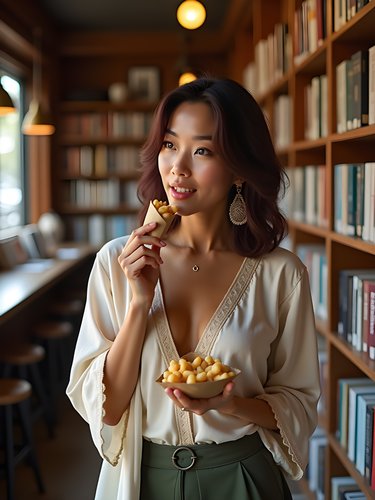
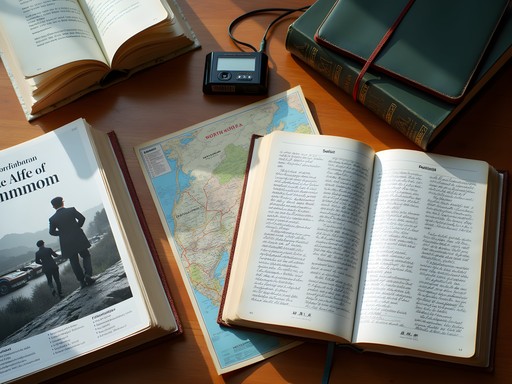
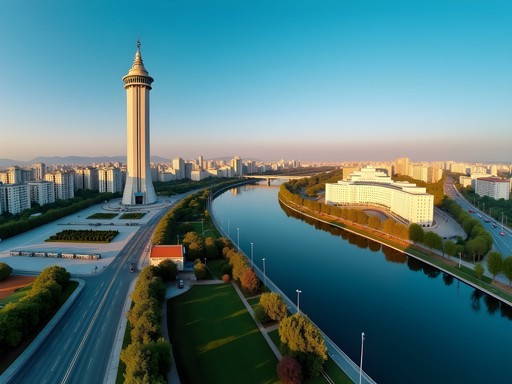


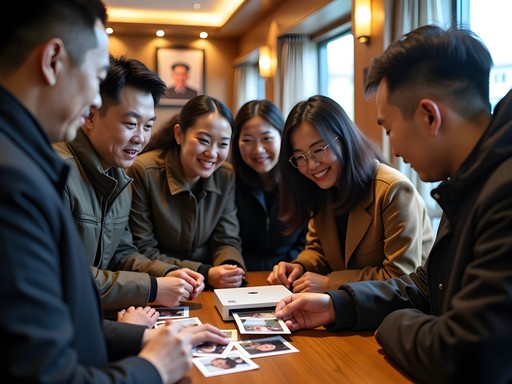


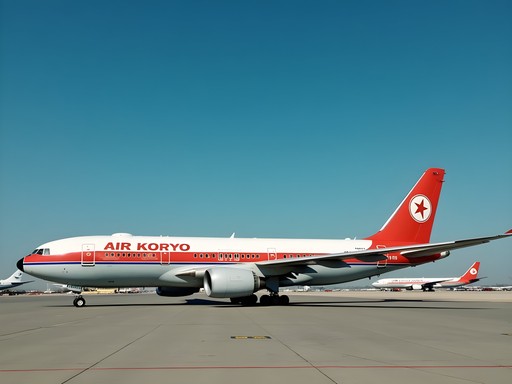
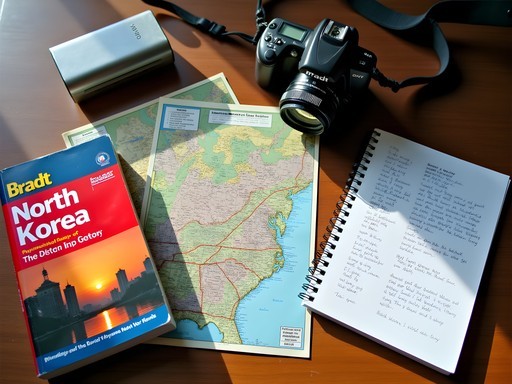





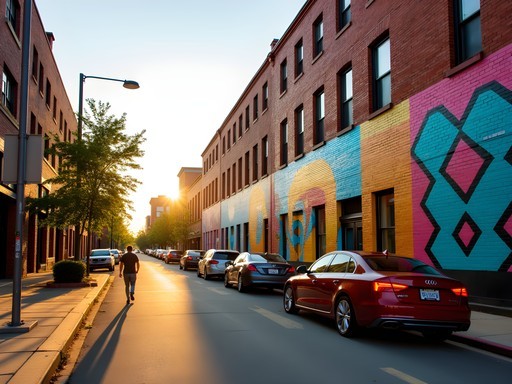
Comments
redmood
Those chandeliers in the metro station are INSANE! Great photos!
Amanda Morris
Fatima, this brought back so many memories of my own visit in 2024. The contrast between the monumental architecture and the carefully curated glimpses of daily life is something that still haunts me. I remember our guide, Ms. Park, who never left our side but occasionally let small, genuine moments slip through the rehearsed narrative. Did you experience the power outages? We had three during our 5-day stay, and those moments in darkness were when the most authentic conversations happened. The metro is truly a marvel - did you get to see all the stations or just the showcase ones?
cityblogger
Amanda - were you on a group tour or private? Trying to figure out the best way to go if I ever get the chance.
Amanda Morris
I went with Koryo Tours - group of 8 people. Wouldn't recommend going solo as you need the tour structure to navigate all the restrictions.
skychamp
Wow, those metro stations look incredible! Never thought I'd have Pyongyang on my bucket list but here we are!
waveperson
My wife and I visited in 2024 and found bringing small gifts like pencils and chocolates was appreciated by our guides. Just make sure not to bring anything with foreign text or political content. Also worth noting - you'll need to exchange money into their local currency but credit cards are useless there. Great post Fatima, brought back memories!
Gregory Boyd
Fascinating read, Fatima. I visited Pyongyang in 2023 and had a similar experience with the metro - truly spectacular and unlike any subway system I've seen. One thing travelers should know is how important preparation is. I spent weeks researching cultural protocols and packed my travel journal to document everything carefully since internet access is non-existent. The Monument to Party Founding was the most impressive structure I saw - did you get to visit during the evening light show? Also worth noting that despite the restrictions, I found North Koreans to be quite curious about foreigners, even if interactions were limited.
wavelover
Gregory - did you feel like you were seeing the 'real' North Korea or just what they wanted you to see?
Gregory Boyd
Definitely a curated experience, wavelover. We only saw what was permitted, but you can still observe genuine moments if you're attentive - like kids playing in parks or the way people interact on public transport. It's a complex place that defies simple narratives.
wavelover
Those metro stations look insane! Like underground palaces. Great photos.
luckyadventurer4369
Those metro stations are unbelievable! Did you get to interact with any locals outside of your guides? I've heard it's nearly impossible to have genuine conversations.
backpackace
Wow, didn't think regular people could actually visit North Korea! How strict were the guides? Could you ever go anywhere alone?
FatimaSims
Thanks for asking! No, independent travel isn't possible. We had two guides with us at all times, and our itinerary was completely pre-approved. Even bathroom breaks were coordinated! But our guides were actually quite personable within those constraints.
backpackace
That's wild! Did you ever feel unsafe or was it pretty chill as long as you followed the rules?
FatimaSims
I never felt physically unsafe, actually. Just very aware that I needed to be respectful and follow protocol. The biggest stress was making sure not to accidentally take photos of anything off-limits.
John Hart
Having visited Pyongyang myself in 2023, I find your observations remarkably accurate, Fatima. The juxtaposition of monumental architecture against the backdrop of limited infrastructure outside the showcase areas creates a cognitive dissonance that's hard to describe to those who haven't experienced it. I particularly appreciated your section on 'Between the Lines' - the careful balance you struck in reporting observations without imposing judgment. One thing visitors should prepare for is the complete digital detox; I found my travel journal essential for documenting thoughts in real-time since phones and cameras were often restricted. Did you notice the stark difference between the official narratives and what you could observe with your own eyes?
luckyadventurer4369
Did you feel safe while you were there? I'm intrigued but honestly a bit nervous about visiting.
John Hart
Physically very safe - perhaps one of the lowest crime rates for tourists anywhere. The risk is more about following rules exactly as stated. As long as you respect local customs and never question the system, there's no issue.
cityseeker
This is incredible!! I've been fascinated with North Korea for years! How difficult was it to actually arrange the visa and trip? Did you go through a special tour company? The architecture looks absolutely stunning in your photos!
Fatima Sims
Thank you! Yes, you have to go through one of the approved tour operators - I used Koryo Tours and they handled all the visa arrangements. The process took about 3 months from application to approval. You can't visit independently - group tours only!
Venture X
Premium card with 2X miles, $300 travel credit, Priority Pass